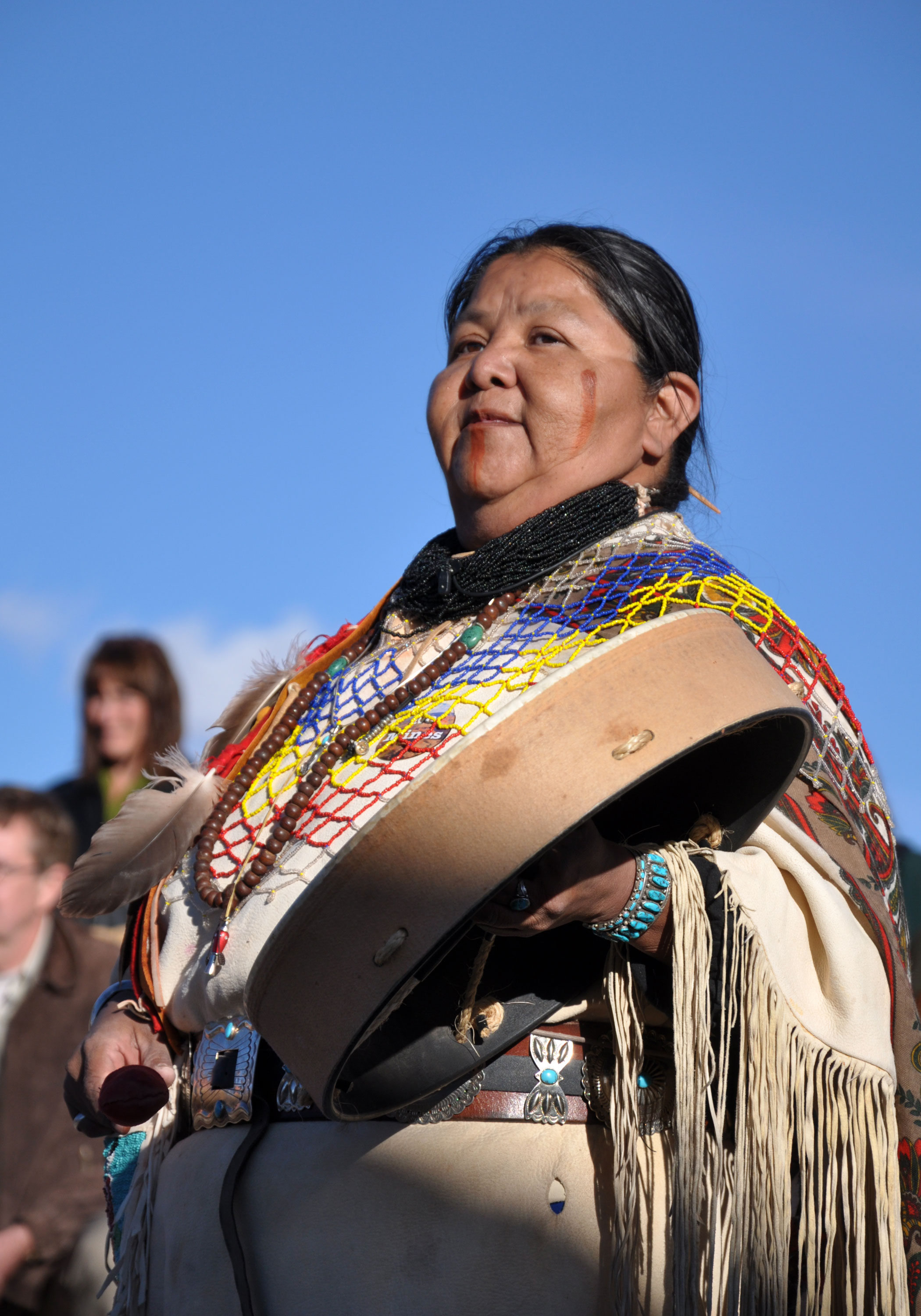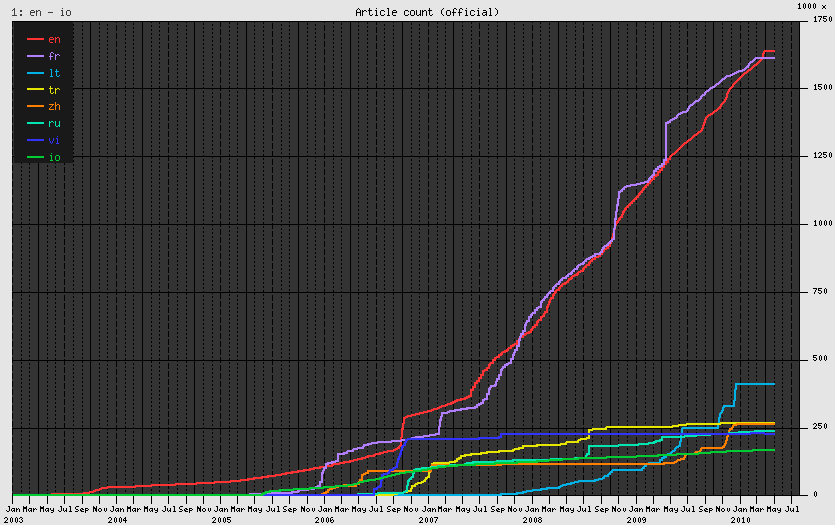|
Yuman–Cochimí Languages
The Yuman–Cochimí languages are a family of languages spoken in Baja California, northern Sonora, southern California, and western Arizona. Cochimí is no longer spoken as of the late 18th century, and most other Yuman languages are threatened. Classification There are approximately a dozen Yuman languages. The dormant Cochimí, attested from the 18th century, was identified after the rest of the family had been established, and was found to be more divergent. The resulting family was therefore called ''Yuman–Cochimí'', with ''Yuman'' being the extra-Cochimí languages. * Yuman ** Cochimí (Northern Cochimí and Southern Cochimí may have been distinct languages) ** Kiliwa ** Core Yuman *** Delta–California Yuman **** Ipai (a.k.a. 'Iipay, Northern Diegueño) **** Kumeyaay (a.k.a. Central Diegueño, Campo, Kamia) **** Tipai (a.k.a. Southern Diegueño, Huerteño, Ku'ahl) **** Cocopah (a.k.a. Cucapá; cf. Kahwan, Halyikwamai) *** River Yuman **** Quechan (a.k.a. Yum ... [...More Info...] [...Related Items...] OR: [Wikipedia] [Google] [Baidu] |
Colorado River
The Colorado River () is one of the principal rivers (along with the Rio Grande) in the Southwestern United States and in northern Mexico. The river, the List of longest rivers of the United States (by main stem), 5th longest in the United States, drains an expansive, arid drainage basin, watershed that encompasses parts of seven U.S. states and two Mexican states. The name Colorado derives from the Spanish language for "colored reddish" due to its heavy silt load. Starting in the central Rocky Mountains of Colorado, it flows generally southwest across the Colorado Plateau and through the Grand Canyon before reaching Lake Mead on the Arizona–Nevada border, where it turns south toward the Mexico–United States border, international border. After entering Mexico, the Colorado approaches the mostly dry Colorado River Delta at the tip of the Gulf of California between Baja California and Sonora. Known for its dramatic canyons, whitewater rapids, and eleven National parks of the ... [...More Info...] [...Related Items...] OR: [Wikipedia] [Google] [Baidu] |
Havasupai Language
The Havasupai people (Havasupai: ''Havsuw' Baaja'') are a Native American people and tribe who have lived in the Grand Canyon for at least the past 800 years. Their name means "people of the blue-green water", referring to Havasu Creek, a tributary of the Colorado. Located primarily in an area known as Havasu Canyon, this Yuman-speaking population once laid claim to an area the size of Delaware (). In 1882, however, the United States federal government forced the tribe to abandon all but of its land. A silver rush and the Atchison, Topeka and Santa Fe Railway in effect destroyed the fertile land. Furthermore, the inception of the Grand Canyon as a national park in 1919 pushed the Havasupai to the brink, as their land was consistently being used by the National Park Service. Throughout the 20th century, the tribe used the US judicial system to fight for the restoration of the land. In 1975, the tribe succeeded in regaining approximately of their ancestral land with the pa ... [...More Info...] [...Related Items...] OR: [Wikipedia] [Google] [Baidu] |
Indigenous Languages Of The North American Southwest
Indigenous may refer to: *Indigenous peoples *Indigenous (ecology), presence in a region as the result of only natural processes, with no human intervention *Indigenous (band), an American blues-rock band *Indigenous (horse), a Hong Kong racehorse * ''Indigenous'' (film), Australian, 2016 See also *Indigenous Australians *Indigenous language *Indigenous peoples in Canada *Indigenous religion *Missing and Murdered Indigenous Women Missing and Murdered Indigenous Women are instances of violence against Indigenous women in Canada and the United States, notably those in the First Nations in Canada and Native American communities, but also amongst other Indigenous peoples s ... * Native (other) * * {{disambiguation ... [...More Info...] [...Related Items...] OR: [Wikipedia] [Google] [Baidu] |
Indigenous Languages Of California
Indigenous peoples of California, commonly known as Indigenous Californians or Native Californians, are a diverse group of nations and peoples that are indigenous to the geographic area within the current boundaries of California before and after European colonization of the Americas, European colonization. There are currently 109 federally recognized tribes in the state and over forty self-identified tribes or tribal bands that have applied for Native American recognition in the United States, federal recognition. California has the second-largest Native Americans in the United States, Native American population in the United States. Most tribes practiced forest gardening or permaculture and controlled burning to ensure the availability of food and medicinal plants as well as ecosystem balance. Archeological sites indicate human occupation of California for thousands of years. European colonization of the Americas, European settlers began exploring their homelands in the late 18 ... [...More Info...] [...Related Items...] OR: [Wikipedia] [Google] [Baidu] |
Language Families
A language family is a group of languages related through descent from a common ancestor, called the proto-language of that family. The term ''family'' is a metaphor borrowed from biology, with the tree model used in historical linguistics analogous to a family tree, or to phylogenetic trees of taxa used in evolutionary taxonomy. Linguists thus describe the ''daughter languages'' within a language family as being ''genetically related''. The divergence of a proto-language into daughter languages typically occurs through geographical separation, with different regional dialects of the proto-language undergoing different language changes and thus becoming distinct languages over time. One well-known example of a language family is the Romance languages, including Spanish, French, Italian, Portuguese, Romanian, Catalan, and many others, all of which are descended from Vulgar Latin.Lewis, M. Paul, Gary F. Simons, and Charles D. Fennig (eds.)''Ethnologue: Languages of th ... [...More Info...] [...Related Items...] OR: [Wikipedia] [Google] [Baidu] |
Yuman–Cochimí Languages
The Yuman–Cochimí languages are a family of languages spoken in Baja California, northern Sonora, southern California, and western Arizona. Cochimí is no longer spoken as of the late 18th century, and most other Yuman languages are threatened. Classification There are approximately a dozen Yuman languages. The dormant Cochimí, attested from the 18th century, was identified after the rest of the family had been established, and was found to be more divergent. The resulting family was therefore called ''Yuman–Cochimí'', with ''Yuman'' being the extra-Cochimí languages. * Yuman ** Cochimí (Northern Cochimí and Southern Cochimí may have been distinct languages) ** Kiliwa ** Core Yuman *** Delta–California Yuman **** Ipai (a.k.a. 'Iipay, Northern Diegueño) **** Kumeyaay (a.k.a. Central Diegueño, Campo, Kamia) **** Tipai (a.k.a. Southern Diegueño, Huerteño, Ku'ahl) **** Cocopah (a.k.a. Cucapá; cf. Kahwan, Halyikwamai) *** River Yuman **** Quechan (a.k.a. Yum ... [...More Info...] [...Related Items...] OR: [Wikipedia] [Google] [Baidu] |
Wiktionary
Wiktionary (, ; , ; rhyming with "dictionary") is a multilingual, web-based project to create a free content dictionary of terms (including words, phrases, proverbs, linguistic reconstructions, etc.) in all natural languages and in a number of artificial languages. These entries may contain definitions, images for illustration, pronunciations, etymologies, inflections, usage examples, quotations, related terms, and translations of terms into other languages, among other features. It is collaboratively edited via a wiki. Its name is a portmanteau of the words ''wiki'' and ''dictionary''. It is available in languages and in Simple English. Like its sister project Wikipedia, Wiktionary is run by the Wikimedia Foundation, and is written collaboratively by volunteers, dubbed "Wiktionarians". Its wiki software, MediaWiki, allows almost anyone with access to the website to create and edit entries. Because Wiktionary is not limited by print space considerations, most of Wiktiona ... [...More Info...] [...Related Items...] OR: [Wikipedia] [Google] [Baidu] |
Handbook Of North American Indians
The ''Handbook of North American Indians'' is a series of edited scholarly and reference volumes in Native American studies, published by the Smithsonian Institution beginning in 1978. Planning for the handbook series began in the late 1960s and work was initiated following a special congressional appropriation in fiscal year 1971. To date, 16 volumes have been published. Each volume addresses a subtopic of Americanist research and contains a number of articles or chapters by individual specialists in the field coordinated and edited by a volume editor. The overall series of 20 volumes is planned and coordinated by a general or series editor. Until the series was suspended, mainly due to lack of funds, the series editor was William C. Sturtevant, who died in 2007. This work documents information about all Indigenous peoples of the Americas north of Mexico, including cultural and physical aspects of the people, language family, history, and worldviews. This series is a reference w ... [...More Info...] [...Related Items...] OR: [Wikipedia] [Google] [Baidu] |
Urheimat
In historical linguistics, the homeland or ( , from German 'original' and 'home') of a proto-language is the region in which it was spoken before splitting into different daughter languages. A proto-language is the reconstructed or historically-attested parent language of a group of languages that are genetically related. Depending on the age of the language family under consideration, its homeland may be known with near-certainty (in the case of historical or near-historical migrations) or it may be very uncertain (in the case of deep prehistory). Next to internal linguistic evidence, the reconstruction of a prehistoric homeland makes use of a variety of disciplines, including archaeology and archaeogenetics. Methods There are several methods to determine the homeland of a given language family. One method is based on the vocabulary that can be reconstructed for the proto-language. This vocabulary – especially terms for flora and fauna – can provide clues for the geograp ... [...More Info...] [...Related Items...] OR: [Wikipedia] [Google] [Baidu] |
University Of Utah
The University of Utah (the U, U of U, or simply Utah) is a public university, public research university in Salt Lake City, Utah, United States. It was established in 1850 as the University of Deseret (Book of Mormon), Deseret by the General Assembly of the provisional State of Deseret, making it Utah's oldest institution of higher education. The university received its current name in 1892, four years before Utah attained statehood, and moved to its current location in 1900. It is the flagship university of the Utah System of Higher Education. As of fall 2023, there were 26,827 undergraduate education, undergraduate students and 8,409 postgraduate education, graduate students, for an enrollment total of 35,236, making it the List of colleges and universities in Utah#Public institutions, second-largest public university in Utah. Graduate studies include the S.J. Quinney College of Law and the University of Utah School of Medicine, School of Medicine, Utah's first medical school ... [...More Info...] [...Related Items...] OR: [Wikipedia] [Google] [Baidu] |
Mauricio Mixco
Mauricio may refer to: *Mauricio (given name) *Maurício José da Silveira Júnior (born 1988), Brazilian footballer known by the mononym Maurício *Maurício (footballer) Maurício is the Portuguese variant of Mauricio (given name). Sportspeople with the name include: * Maurício Assoline, Braziian footballer *Maurício José da Silveira Júnior Maurício is the Portuguese variant of Mauricio (given name) Mauricio ... (Maurício dos Santos Nascimento, born 1988), Brazilian footballer * 216428 Mauricio {{disambiguation, hndis ... [...More Info...] [...Related Items...] OR: [Wikipedia] [Google] [Baidu] |




